Haute-Marne
WELCOME TO HAUTE-MARNE
Entry Into Department
Chaumont
6,211 km2
181,000
French

Popular
Geography and Tourist Attractions
Information about the canton's tourist attractions, including popular destinations, events, and activities.
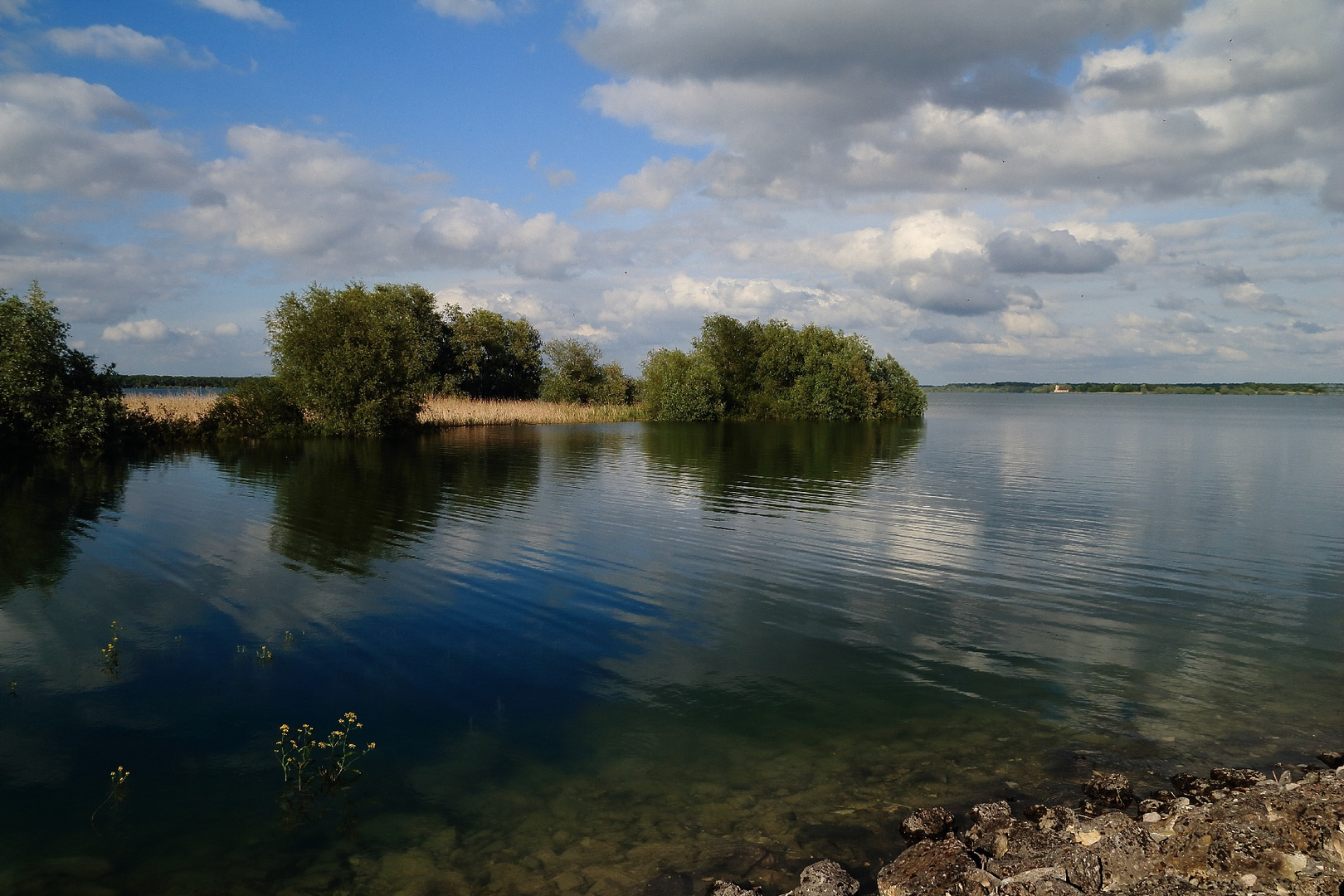
The Der-Chantecoq Lake
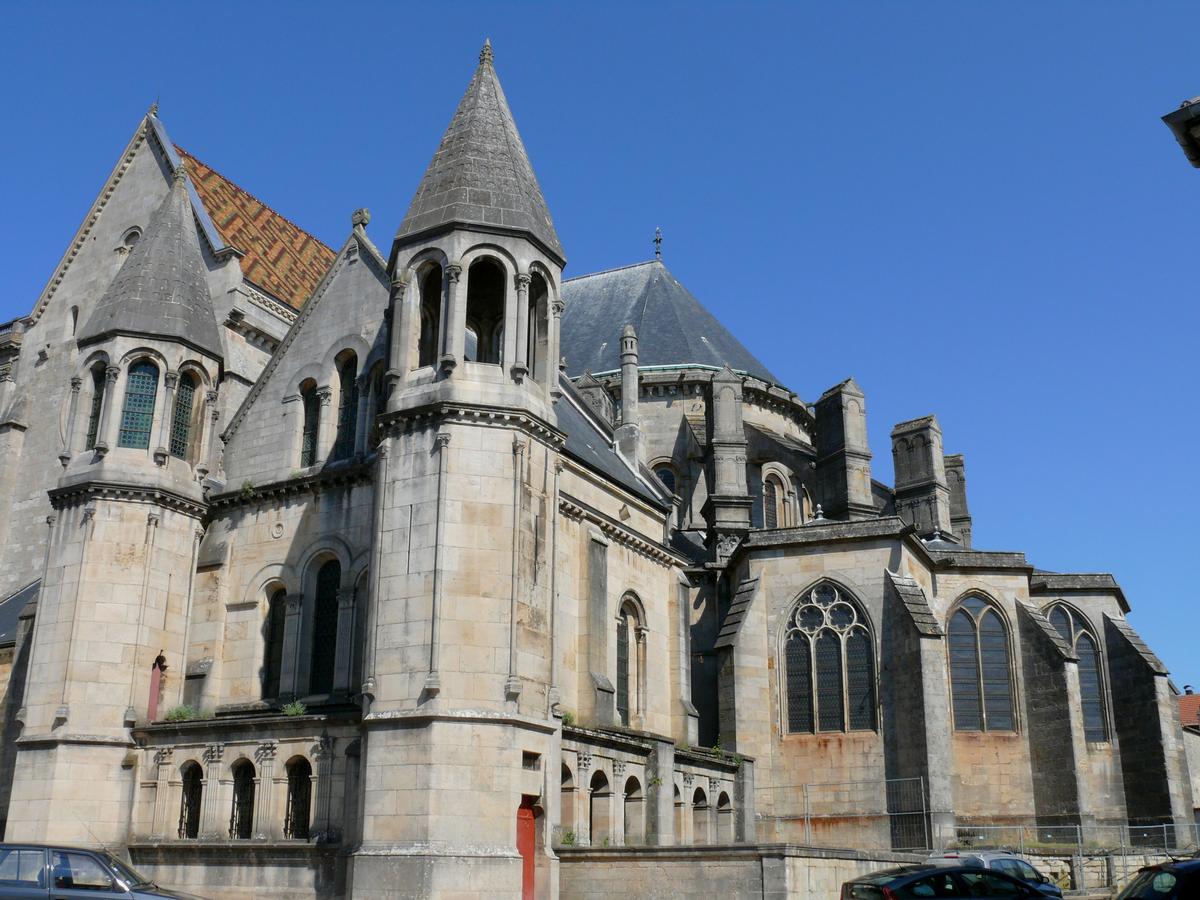
Langres
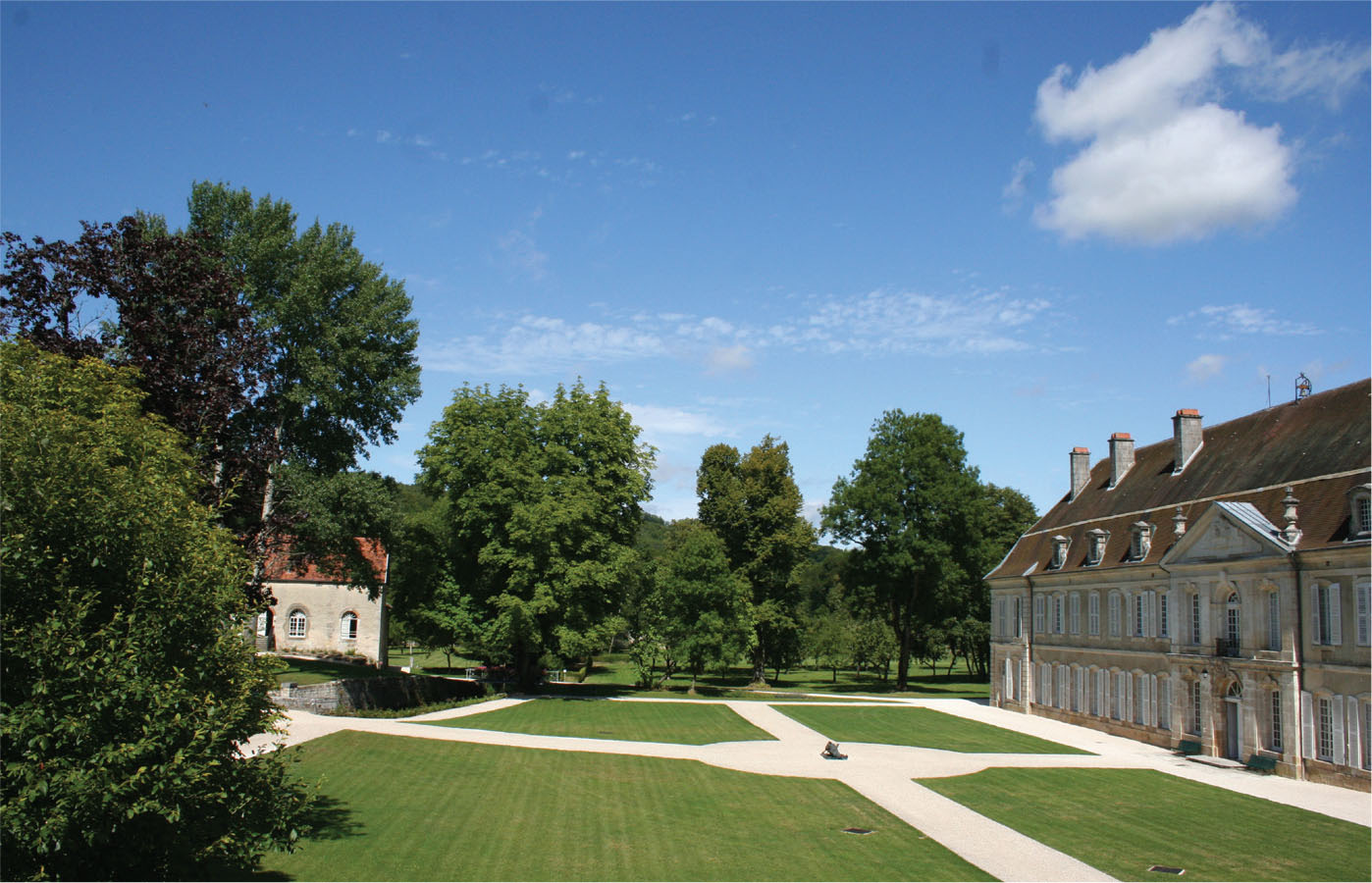
Auberive Abbey
Political
Economy and Government
The economy of Haute-Marne is largely based on agriculture, with crops including wheat, barley, rapeseed, and potatoes. The department is also home to a number of industrial activities, particularly in the manufacturing and transportation sectors. Major employers include Peugeot-Citroen, which operates a production facility in the town of Vesoul, and Vivescia, a large agricultural cooperative. In addition to these industries, Haute-Marne is home to several small and medium-sized businesses, particularly in the tourism sector, which is an important source of revenue for the area.
In terms of government, Haute-Marne is part of the Grand Est region of France and is administered by a departmental council, which is responsible for local governance and economic development. The council is made up of 34 elected officials who oversee various aspects of departmental affairs, including infrastructure, education, social services, and tourism. At the national level, Haute-Marne is represented in the French parliament by two deputies and one senator. Overall, the department has a stable economy and government, with a focus on sustainable development and regional cooperation.

History
History and Culture
Haute-Marne has a rich history that dates back to ancient times, with evidence of human habitation in the area going back over 6,000 years. During the Roman era, the region was an important center for agriculture and trade, and many of the towns and villages in Haute-Marne have Roman roots. In the Middle Ages, the area was ruled by powerful feudal lords, and many of the castles and chateaus in the region were built during this time. The town of Langres, in particular, has a rich cultural heritage, with a well-preserved rampart and numerous historic monuments.
Haute-Marne has also made significant contributions to the arts, particularly in the fields of literature and painting. The region was home to the celebrated 18th-century philosopher and writer Voltaire, who lived at the Chateau de Cirey with his lover, the scientist Emilie du Chatelet. The abbey of Auberive, meanwhile, houses a renowned art collection, with works by contemporary artists as well as medieval and Renaissance pieces.
Overall, Haute-Marne has a vibrant and diverse cultural heritage, with a strong connection to the arts, history, and the natural world.
HOTELS
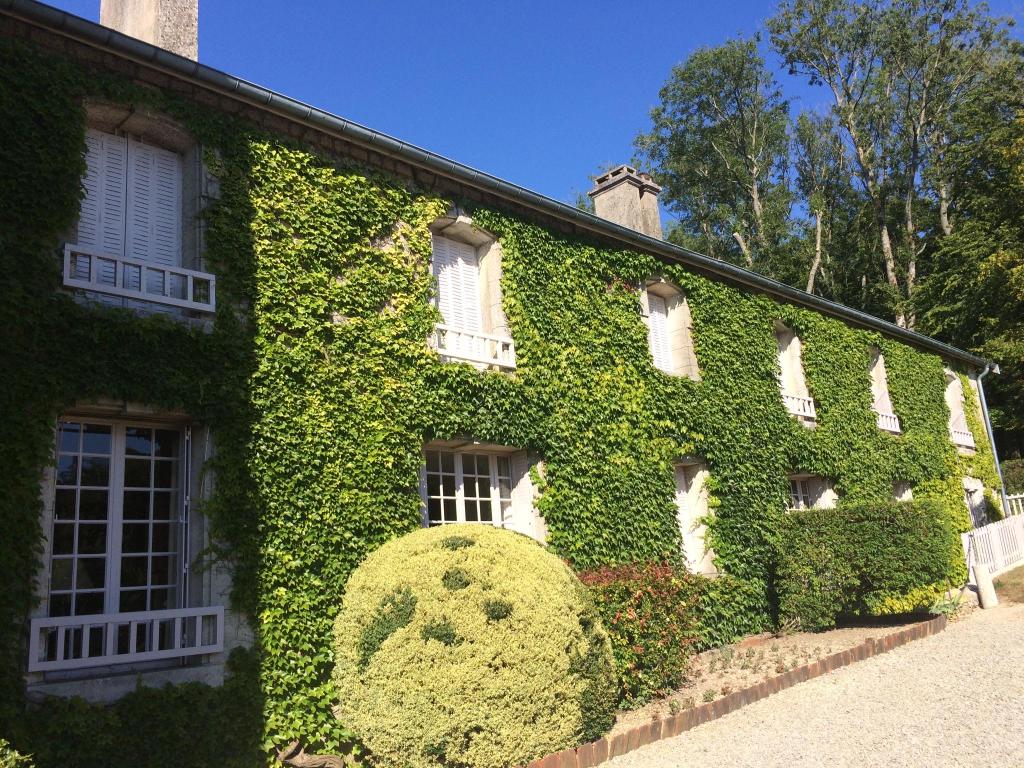
Hotel des Dhuits in Colombey-les-Deux-Eglises
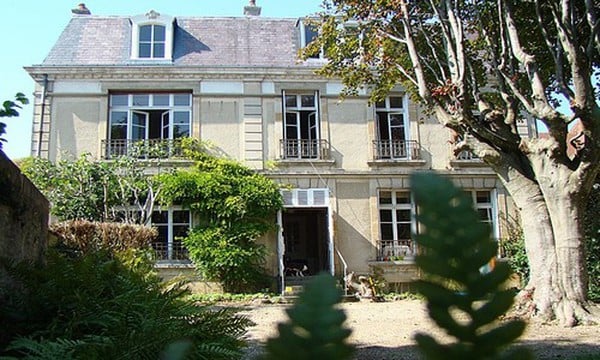
Les Remparts in Langres
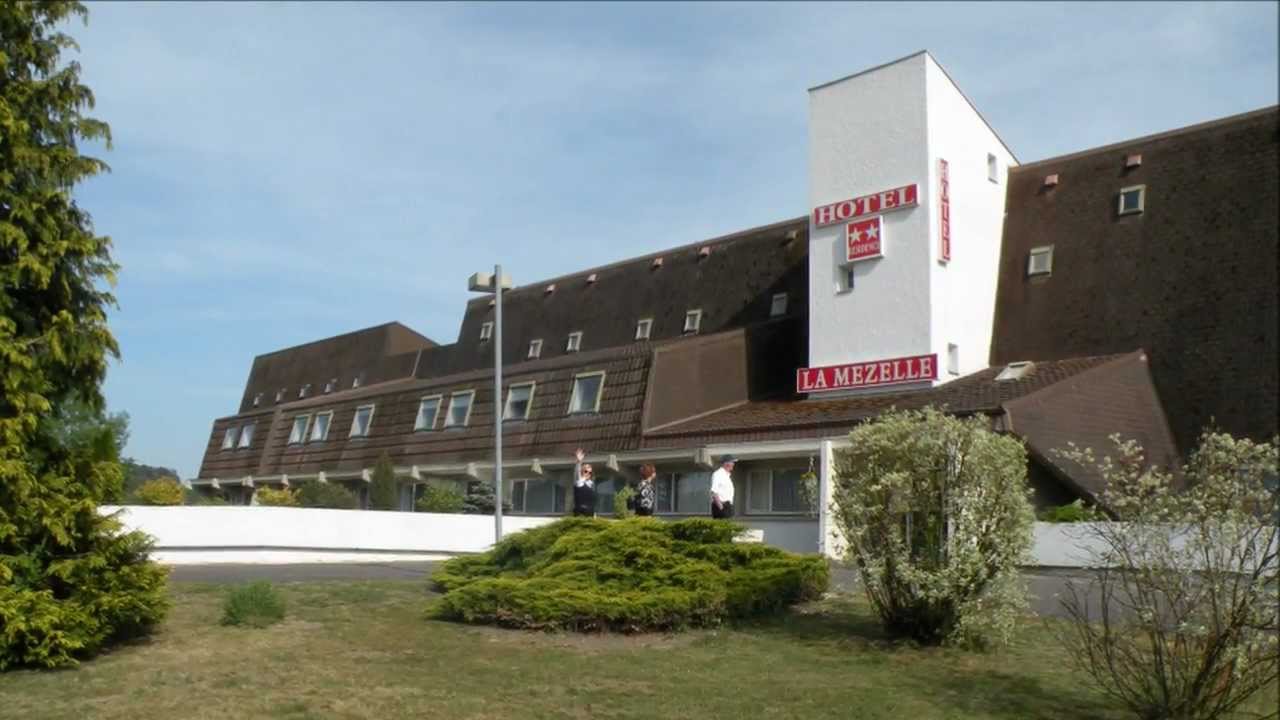
Hotel La Mezelle in Bourbonne-les-Bains
RESTAURANTS
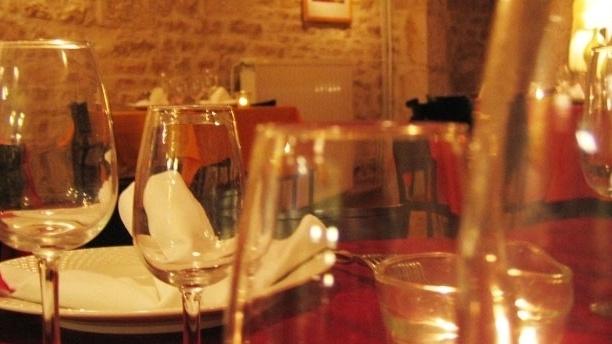
Le Saint-Hubert in Chaumont
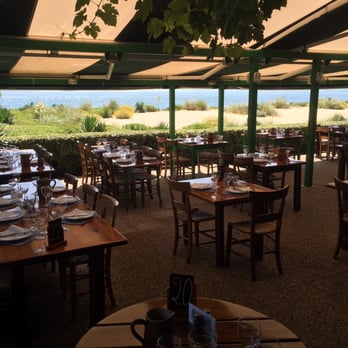
Le Jardin d'Hortense in Bourbonne-les-Bains

